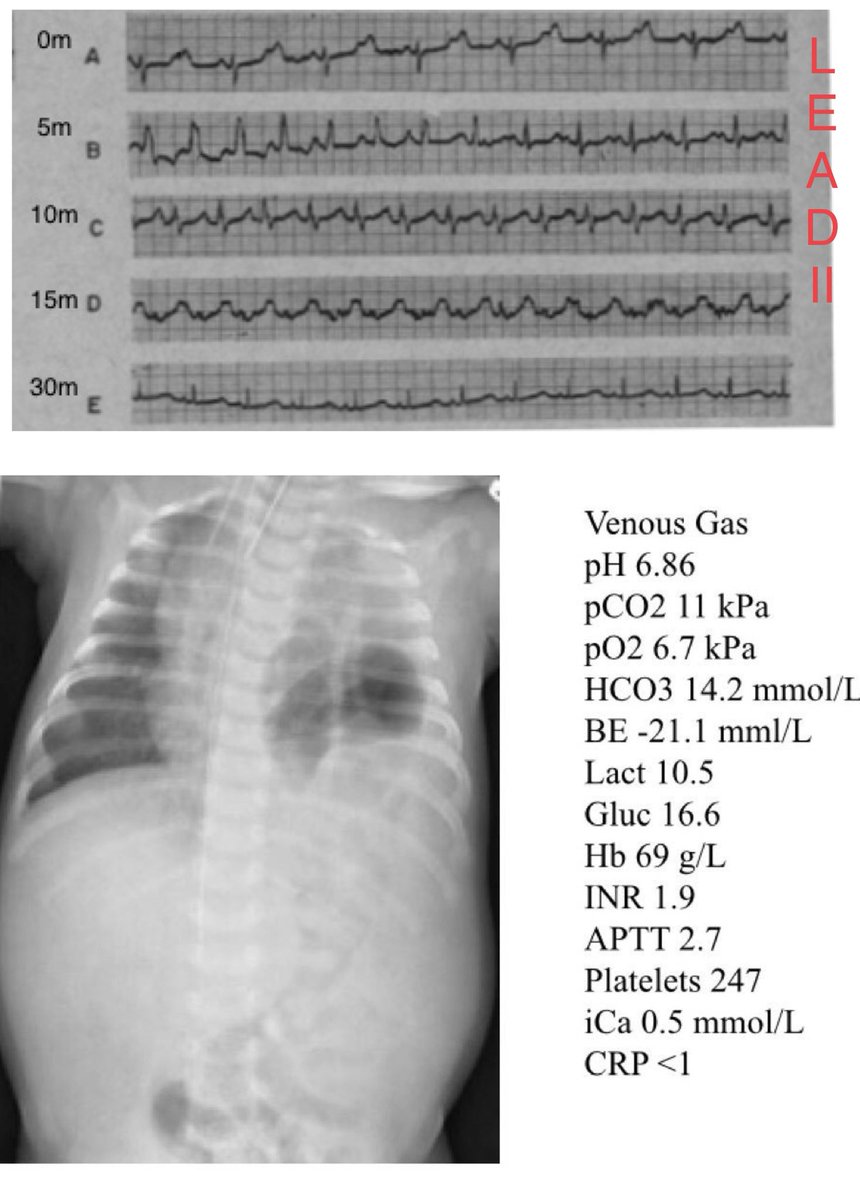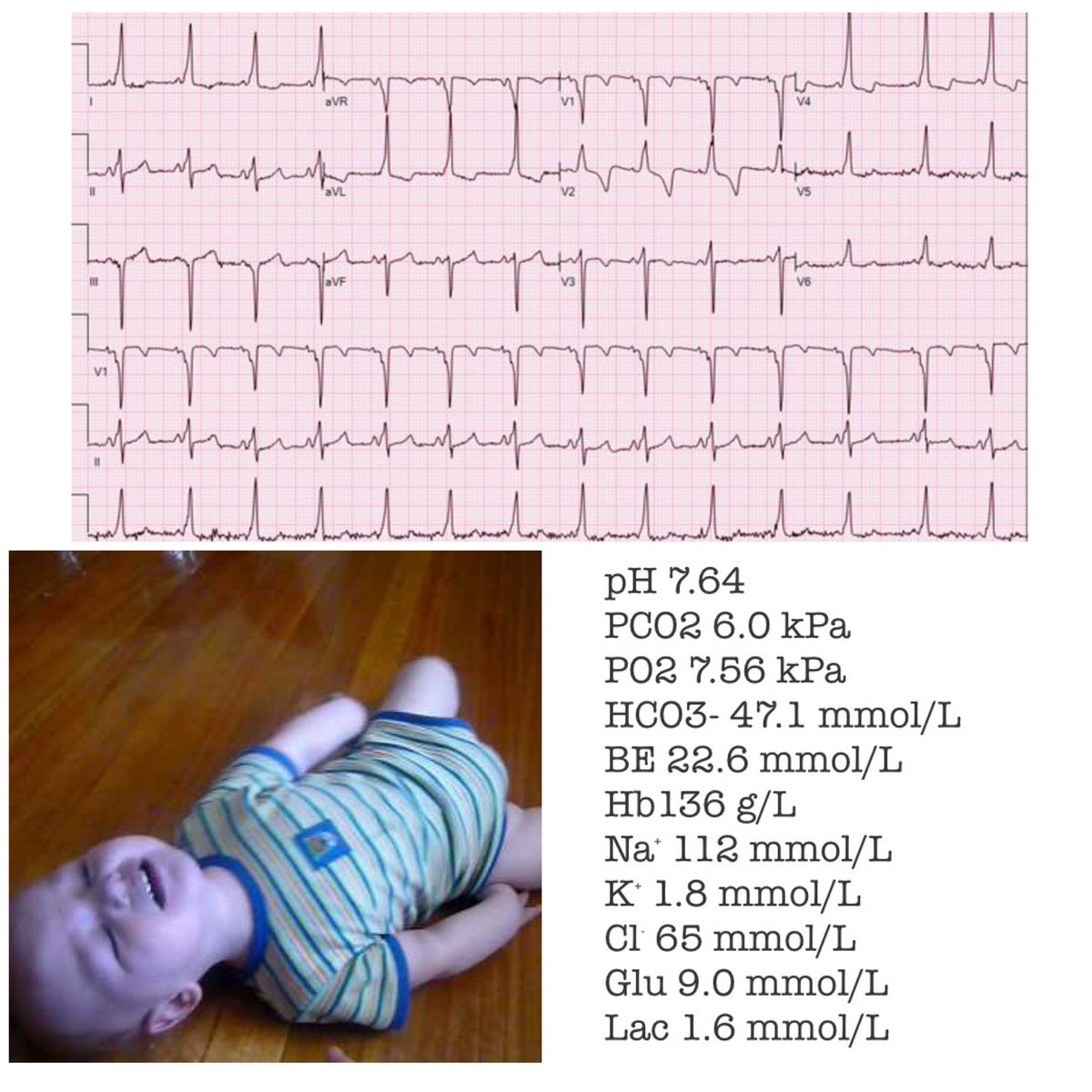
1/ 🧵An educational #PedsICU thread on P/F ratios and A-a Gradients , our 1st instalment of #PCCSHotTopic run by @PICSociety where we will have a PARDS webinar on 17/3 (free to register,link @ the end) & a podcast with @DrHeidiFlori alongside @PicPod_Podcast
2/ referenced articles with the help of @PICJournalWatch & an educational thread by myself that will aid in understanding the basics referred to in the teaching sessions.
3/ The P/F ratio is a widely used clinical indicator of hypoxaemia, though its diagnostic utility is controversial. What do you understand by P/F ratio and A-a gradient in the context of a hypoxic patient with ARDS?
4/ What is the PaO2/FiO2 Ratio (P/F Ratio) ?
5/a) The ratio of arterial oxygen partial pressure (PaO2 in mmHg) to fractional inspired oxygen (FiO2 expressed as a fraction, not a %)
6/ b) The ratio of arterial oxygen partial pressure (PaO2 in kPa) to percentage of inspired oxygen (FiO2 expressed as a %)
7/ c) The ratio of O2 saturation to inspired oxygen (FiO2 expressed as a fraction, not a %) (wrong this is the SF ratio)
8/ The correct answer is a, c is the SF ratio (answers too long to have as poll!)
9/ What is the PaO2/FiO2 Ratio (P/F Ratio)also known as
a) the Horowitz index
b) the Carrico index
d) a+b
a) the Horowitz index
b) the Carrico index
d) a+b
10/ Two alternative names for the P/F index are the Horowitz index or the Carrico index
11/ The P/F index is altitude dependent...
12/ True, at sea level,the normal P/F ratio is ca 400-500mmHg(55-65 kPa) it's dependent on barometric pressure,normal lungs(with a normal A-a gradient -more on this later)will have lower P/F ratios at high altitude&higher P/F ratios at environments with high atmospheric pressures
13/ So what is the A-a gradient and what is its relationship with the P/F ratio?
The A-a gradient, or the alveolar-arterial gradient, measures the difference between the oxygen concentration in the alveoli (PAO2) and (PaO2) arterial system.
The A-a gradient, or the alveolar-arterial gradient, measures the difference between the oxygen concentration in the alveoli (PAO2) and (PaO2) arterial system.
14/ The A-a gradient has important clinical utility as it can help narrow the differential diagnosis for hypoxemia.
15/ How is the A-a gradient calculated?
16/ The correct answer is d, A-a gradient is calculated as PAO2 – PaO2 where PAO2 is the ‘ideal’ compartment alveolar PO2 determined from the alveolar gas equation ( PAO2 = PiO2 – PaCO2/0.8 where PiO2 is the Partial Pressure of Inspired Oxygen )
17/ What is roughly a normal A-a gradient for a young, non-smoking, adult in mmHg
18/ A normal A–a gradient for a young adult non-smoker breathing air, is between 5–10 mmHg
19/ What happens to the A-a gradient in room air as we grow older?
20/ What happens to the A-a gradients as the FiO2 increases?
21/ The A-a Gradient increases both with age and FiO2:
If FiO2= 0.21 , the A-a is around 7 mmHg in young and 14 mmHg in elderly, other things being equal
If FiO2 =1.0 the A-a is about 31 mmHg in young and 56 mmHg in the elderly, other things being equal
If FiO2= 0.21 , the A-a is around 7 mmHg in young and 14 mmHg in elderly, other things being equal
If FiO2 =1.0 the A-a is about 31 mmHg in young and 56 mmHg in the elderly, other things being equal
22/ A general rule of thumb is that for every decade someone has lived, the A–a gradient roughly goes up increase by 1 mmHg. Let's see, in a hypoxic patient, what pathologies cause the A-a to rise, drop or stay the same.
23/ What happens to the A-a in patients with alveolar hypoventilation (Raised PaCO2) ?
24/ What happens to the A-a in patients with a pathology causing a diffusion defect?
25/ What happens to the A-a in patients with V/Q mismatch?
26/ What happens to the A-a in patients with intrapulmonary or cardiac Right-to-Left shunt ?
27/ The classification of hypoxia based on A-a gradient has as follows:
Conditions with a normal A-a gradient
• Alveolar hypoventilation (elevated PACO2)
• Low PiO2 (FiO2 < 0.21 or barometric pressure < 760 mmHg)
Conditions with a normal A-a gradient
• Alveolar hypoventilation (elevated PACO2)
• Low PiO2 (FiO2 < 0.21 or barometric pressure < 760 mmHg)

28/ Conditions with a raised A-a gradient
• Diffusion defect (rare)
• V/Q mismatch
• Right-to-Left shunt (intrapulmonary or cardiac)
• Increased O2 extraction (CaO2-CvO2)
• Diffusion defect (rare)
• V/Q mismatch
• Right-to-Left shunt (intrapulmonary or cardiac)
• Increased O2 extraction (CaO2-CvO2)
29/ So what are the pros and cons of using the A-a and the P/F ratios in clinical practice?
30/ The P/F is :
Quick and easy to use/calculate
It can be used a s a rough proxy to the A/a in most cases
It is used in numerous severity scoring systems (SOFA, APACHE etc)
Integral to the Berlin ARDS definition , higher P/F , lower ARDS mortality provided PEEP >5
Quick and easy to use/calculate
It can be used a s a rough proxy to the A/a in most cases
It is used in numerous severity scoring systems (SOFA, APACHE etc)
Integral to the Berlin ARDS definition , higher P/F , lower ARDS mortality provided PEEP >5
31/ However, a better P/F doesn't necessarily correlate with better outcomes, higher tidal volumes give better P/F’s but worsen the prognosis.
P/F also fails to distinguish hypoxia due to alveolar hypoventilation (e.g in cases of shunting)
P/F also heavily reliant/skewed by FiO2
P/F also fails to distinguish hypoxia due to alveolar hypoventilation (e.g in cases of shunting)
P/F also heavily reliant/skewed by FiO2
32/ For example depending on the size of the shunt present, increasing the FiO2 causes the P/F to rise if intrapulmonary shunt is small, but to decrease if the shunt is big , thus theP/F ratio will vary according to the chosen SpO2 number we are aiming for
33/ (& by extension the PaO2) as the required FiO2 to reach that target will vary.
Furthermore, the P/F doesn't take PEEP into account, Oxygenation Index would be a more accurate marker of hypoxia in patients with severe ARDS /high PEEP .
Furthermore, the P/F doesn't take PEEP into account, Oxygenation Index would be a more accurate marker of hypoxia in patients with severe ARDS /high PEEP .
34/ Finally the P/F is reliant on recurrent arterial sampling, with all the risks/harm that entails (risk amplified in younger children)
35/ In general, the P/F is useful for detecting the A-a gradient in patients with normal PaCO2 without a shunt provided the FiO2 is known.
36/ If you liked this thread please register for the webinar on Thursday 17/3 here shorturl.at/lqIU1 , follow the hashtag #PCCSHotTopic , listen to the @PicPod_Podcast, and look for the journal resources on @PICJournalWatch /end
• • •
Missing some Tweet in this thread? You can try to
force a refresh








